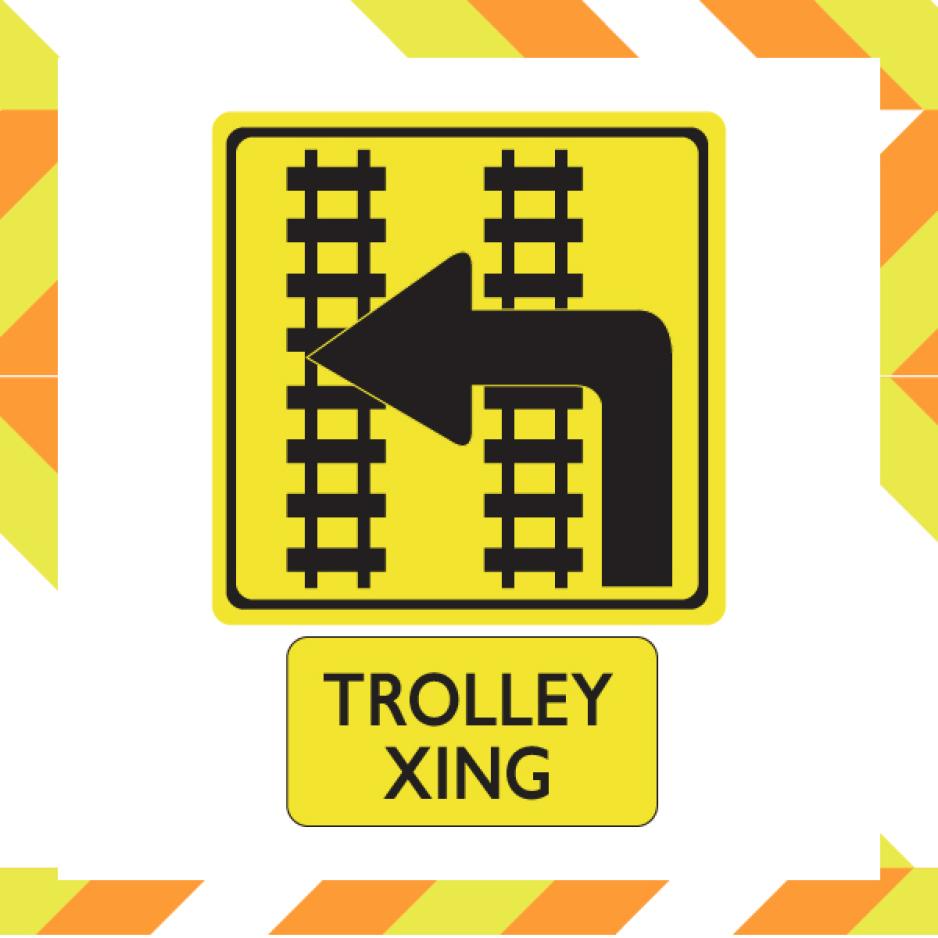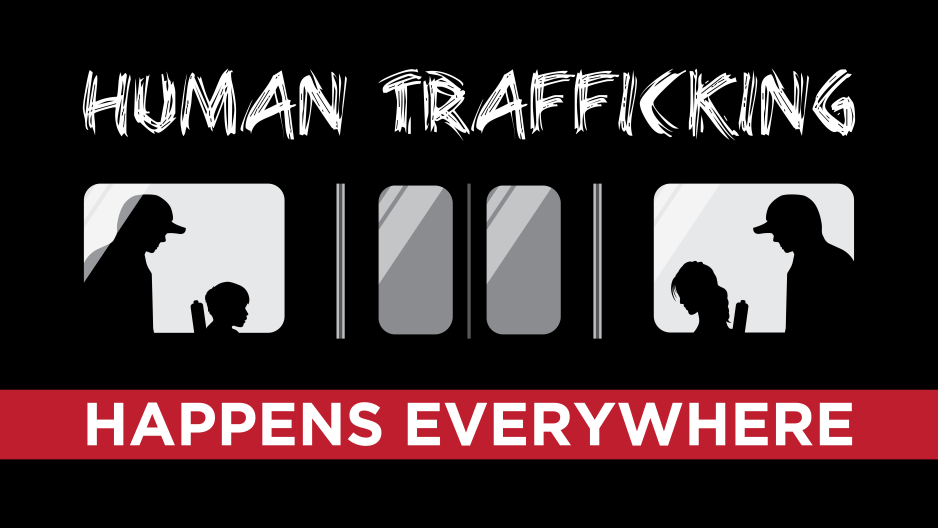Transit Security and Safety
Senate Bill (SB) 434 by Senator David Min (D-Irvine) was signed into law in 2023 and requires the state’s ten largest transit agencies, including the Santa Clara Valley Transportation Authority (VTA), to collect comprehensive survey data identifying the leading causes of street harassment on transit. VTA used the Mineta Transportation Institute's Street Harassment Survey, with some modifications, to meet the requirements of the law. With the assistance of EMC Research, our survey was completed in May 2024. The survey was offered in English, Spanish, Vietnamese and Chinese. One of the requirements of SB 434 was to publish these results on the VTA website.
VTA will also continue to publish on-going survey results collected from several channels which you will also see on this page.
Safety On VTA
VTA makes safety a top priority and continuously evaluates our system's processes, procedures, and features to improve safety and adapt to changing safety needs. This section of our website is dedicated to educating the public on some of the safety features and programs to help ensure we are operating safely and share information about what riders, pedestrians, and motorists can do to help ensure their safety.
VTAlerts
What can you do to help? We know that you are sometimes the first to observe safety concerns, suspicious activities, and other emergencies.
Download the VTAlerts app to report suspicious or unsafe activity aboard VTA vehicles or at VTA train stations or bus stops. See something, say something.
Please note: The VTAlerts app is not intended to replace 911 emergency services. In the event of an actual emergency, call 911 for immediate assistance.
Safety Around The Tracks
VTA wants you to be safe when driving around our light rail system.
Each year, dozens of motor vehicles are involved in accidents or near misses with VTA light rail trains. In many cases, these incidents could have been avoided if the motor vehicle driver had followed these tips when driving near light-rail tracks in Santa Clara County.
Vehicle Safety
1. Cross tracks carefully.
Check for trains coming from all directions, including behind you.
2. Obey the warning device.
It's not safe to cross the tracks if audible warnings are sounding or crossing arms have lowered.
3. Do not drive on the tracks.
Driving onto light rail tracks is extremely dangerous. Even if no one is hurt, vehicles are often severely damaged and must be towed.
4. Watch traffic signals carefully.
Drivers in a left-hand turn lane need to be careful that the changing signal is for them and only proceed when they have a green arrow.
5. Watch for pedestrians.
Pedestrians are typically present in areas near light rail stations. Look out for jaywalkers.
FACT: You are 20 times more likely to die in a collision
with a train than in a crash involving another motor vehicle.
Things to Remember
• BE ALERT! Light rail trains are electric, very quiet, and move quickly. You may not hear them coming.
• Watch for the FLASHING TRAIN APPROACHING signs as trains are traveling in both directions. STOP! DO NOT CROSS THE TRACKS.
• NEVER RACE a light rail train across an intersection, even if it is a tie.
• NEVER TURN IN FRONT of an approaching light-rail train. Another train could be coming from behind you.
• BE ESPECIALLY ALERT in areas near light rail tracks. Nearby buildings and foliage can make it difficult for motorists to see trains.
• DO NOT drive across light rail tracks unless there is room on the other side to get completely across. If you don't fit, don't commit, and never stop on the light rail tracks.
• NEVER DRIVE AROUND LOWERED GATES; even if you do not see a light-rail train, it is illegal and dangerous.
• If, for any reason, your vehicle is stuck on the tracks, get out as soon as it is safe and call 911.
• LIGHT RAIL TRAINS CAN'T STOP QUICKLY. A light-rail train can take up to 600 feet to stop.
FACT: Nearly half of all automobile-rail crashes occur
when the train is traveling under 30 mph.
Pedestrian Safety
• Stop. Look. And listen for trains approaching from any direction.
• Look both ways before crossing the tracks.
• Avoid stepping on any rails.
• Remain at least 6 feet from the tracks when using cell phones.
• Violations could result in citations and/or injury.
What should you do?
• Obey all traffic signals.
• Always look both ways before crossing the tracks on foot, in a vehicle, or by bicycle.
• Be aware that light rail trains can travel in any direction, on any track, at any time, including turning into an intersection.
• Both ends of the light rail train look identical. White headlights indicate a light rail train coming towards you; red taillights mean it is moving away.
BE SMART: FOLLOW THE SIGNS
VTA provides informational traffic signs along its light rail system designed to keep you safe.
| Train Approaching | Do Not Enter |
| The "Train Approaching" sign warns you a train is approaching. Do not cross the tracks while it is flashing. | The "Do Not Enter" sign are seen where traffic lanes cross light rail tracks. Driving onto light-rail tracks is very dangerous. |
| No Vehicles on the Tracks | Trolley Crossing |
| The "No Vehicles on the Tracks" signs are also located where traffic lanes cross light-rail tracks. Do not stay in your vehicle if it becomes stuck on light-rail tracks. Exit immediately and call 911. | The "Trolley Crossing" sign is telling you to look for approaching light rail vehicles before crossing the tracks. |
Bus Safety
Don't put your life on the line! PHONE DOWN, HEAD UP NEAR TRANSIT. Don't text and drive.
Bicyclist Safety Around Buses
Important Bus Safety Tips for Bicyclists:
• Be aware of buses that frequently merge in and out of the lane closest to the curb. Swinging out too quickly to pass a bus on the left can result in a collision.
• Buses make wide turns; please give them space.
• Don't creep up on the right side of a bus making a turn.
• Don't assume the operator sees you. Operators will acknowledge bicyclists with a tap of their horn when they are a bus length back. If you can't see the operator in the bus's side view mirror, the operator can't see you either.
• Don't pass a bus on the right when it is at a bus stop, loading/unloading passengers.
• Don't step in front of the bus to load/unload your bike without first making eye contact with the bus operator. Make sure the bus is at a complete stop.
• Don't ride distracted.
Vehicle Safety Around Buses
VTA wants you to be safe when driving around our transit system.
• Buses are very, very big.
• Even VTA's smallest buses are 29 feet long, and the longest are 60 feet. Something that big deserves your full attention. Follow too close, and you risk being involved in a rear-end collision.
• Buses frequently merge in and out of the lane closest to the curb.
• Swinging out too quickly to pass a bus on the left can result in you sideswiping it.
• Buses make wide turns.
• Don't creep up on the right side of a bus. It's dangerous.
• Don't assume the operator sees you.
• If you cannot see the operators in the bus's side-view mirror, the operator cannot see you.
• Don't drive distracted.
Pedestrian Safety Around Buses
Important Bus Safety Tips for Pedestrians:
• Don't run across the street to catch your bus. Always look both ways before crossing.
• Arrive at your stop early and be patient if you miss your bus. Another will arrive shortly.
• If you're waiting for a bus, stay on the sidewalk. Don't step into the street.
• When exiting the bus, step onto the curb immediately.
• Use Transit app's real-time information to ensure that your ride is worry-free.
Human Trafficking
What is Human Trafficking?
Human Trafficking is a form of modern-day slavery that affects the most vulnerable populations and constitutes a serious abuse of human rights. From children exploited for the sex trade, immigrants forced into servitude, teens and adults who are forced and/or coerced into commercial sex, domestic workers held in a home, to farmworkers forced to work against their will, chances are it's happening where you live or travel.
Unfortunately, traffickers often utilize public transportation to move or relocate victims from one place to another to avoid detection or prosecution, primarily because public transportation is seen as more difficult to trace than personal vehicles and is low cost to the trafficker.
According to the U.S. Department of Transportation (DOT), almost every form of human trafficking intersects with public transportation at some point.
Assembly Bill 2034 (AB2034)
Assembly Bill 2034, signed by Governor Jerry Brown in 2018, makes it mandatory for all public transit agencies in California to provide training for its employees on how to identify the signs of human trafficking and call for help.
AB 2034, authored by Assemblymember Ash Kalra (D), San Jose in 2018, was modeled after VTA’s human trafficking training program, which began in 2015. VTA worked with the Santa Clara County Human Trafficking Commission to train employees ahead of Super Bowl 50, which took place at Levi’s Stadium in 2016. Such large events are sometimes known to attract incidents of sex trafficking, and VTA employees were prepared and on the lookout for that criminal activity.
Other Resources
VTA has produced a Human Trafficking Awareness video to help educate both employees and residents in our area.
If you or someone you know needs help, call the National Human Trafficking Resource Center at (888) 373-7888.









